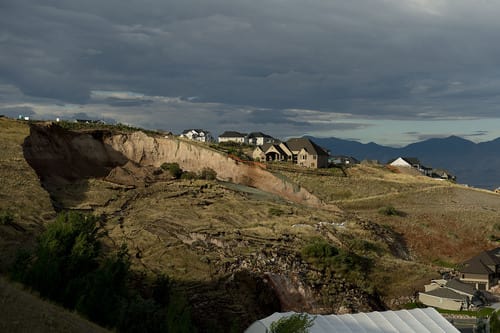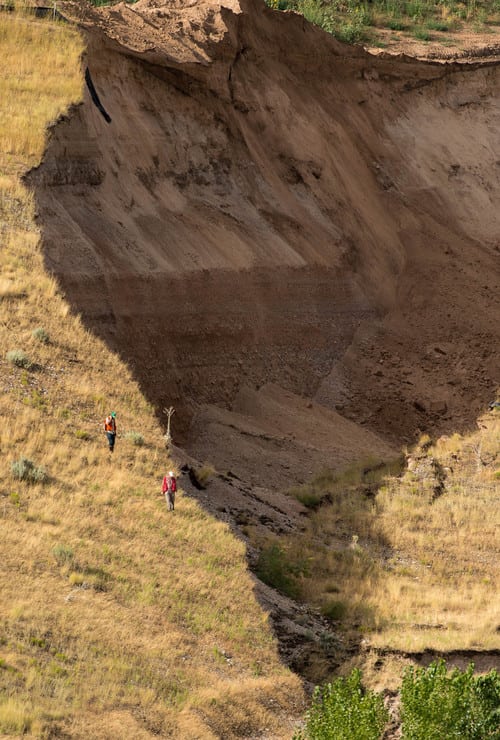mudandsnow
Electrical
I want to buy a house but there is a hill behind it. If it needs a retaining wall, I don't want to buy it.
If it most likely needs a wall, I will probably walk away before spending money on assessment.
I'm sure this is hard without seeing it in person but any rough guess would be appreciated. What are the odds that it will need a retaining wall?
What factors do you consider when deciding whether a hill should be assessed or not?
Slope: about 45°
Height: about 100ft
Soil Type: silt
Vegetation: grass and small shrubs
Above the hill: flat orchard / vineyard
Climate: Western Canada, multiple freeze thaw cycles in spring and fall and snow melt water runoff in spring.
Features: looks like there used to be a 1 car wide road diagonally up the hill. Does that mean it's packed down and thoroughly tested?
House age: 50 years
I don't think the hill has moved in the 50 years the house has been there but there have been slides in the area lately, often in spring and usually attributed to snow melt runoff and multiple freeze thaw cycles.
If it most likely needs a wall, I will probably walk away before spending money on assessment.
I'm sure this is hard without seeing it in person but any rough guess would be appreciated. What are the odds that it will need a retaining wall?
What factors do you consider when deciding whether a hill should be assessed or not?
Slope: about 45°
Height: about 100ft
Soil Type: silt
Vegetation: grass and small shrubs
Above the hill: flat orchard / vineyard
Climate: Western Canada, multiple freeze thaw cycles in spring and fall and snow melt water runoff in spring.
Features: looks like there used to be a 1 car wide road diagonally up the hill. Does that mean it's packed down and thoroughly tested?
House age: 50 years
I don't think the hill has moved in the 50 years the house has been there but there have been slides in the area lately, often in spring and usually attributed to snow melt runoff and multiple freeze thaw cycles.

![[idea] [idea] [idea]](/data/assets/smilies/idea.gif)


